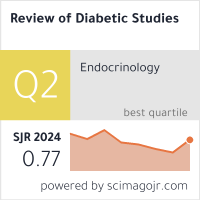Phatic Communication As A Linguoculturological Aspect
DOI:
https://doi.org/10.70082/dc49en27Keywords:
phatic communication, linguoculturological analysis, communication, politeness and courtesy, women’s politeness, men’s politeness, politeness toward children.Abstract
The article explores the phenomenon of phatic communication and its significance within the framework of object linguistics, emphasizing its linguoculturological dimensions. It provides analytical insights into the cultural and regional variations in the ways of expressing politeness and courtesy among people living in different parts of Uzbekistan. The study notes that these variations are largely influenced by linguistic and dialectal diversity observed in interethnic communication. Common expressions such as “Kokand politeness” and “Samarkand politeness” reflect culturally rooted communicative behaviors that have evolved through social interaction rather than emerged accidentally. In regions such as Bukhara, Surkhandarya, and especially Khorezm, the practice of showing excessive politeness—even towards guests—is not traditionally widespread. The article further discusses the objective and subjective factors behind these communicative tendencies and their reflection in everyday linguistic behavior.
Downloads
Published
Issue
Section
License

This work is licensed under a Creative Commons Attribution-ShareAlike 4.0 International License.


